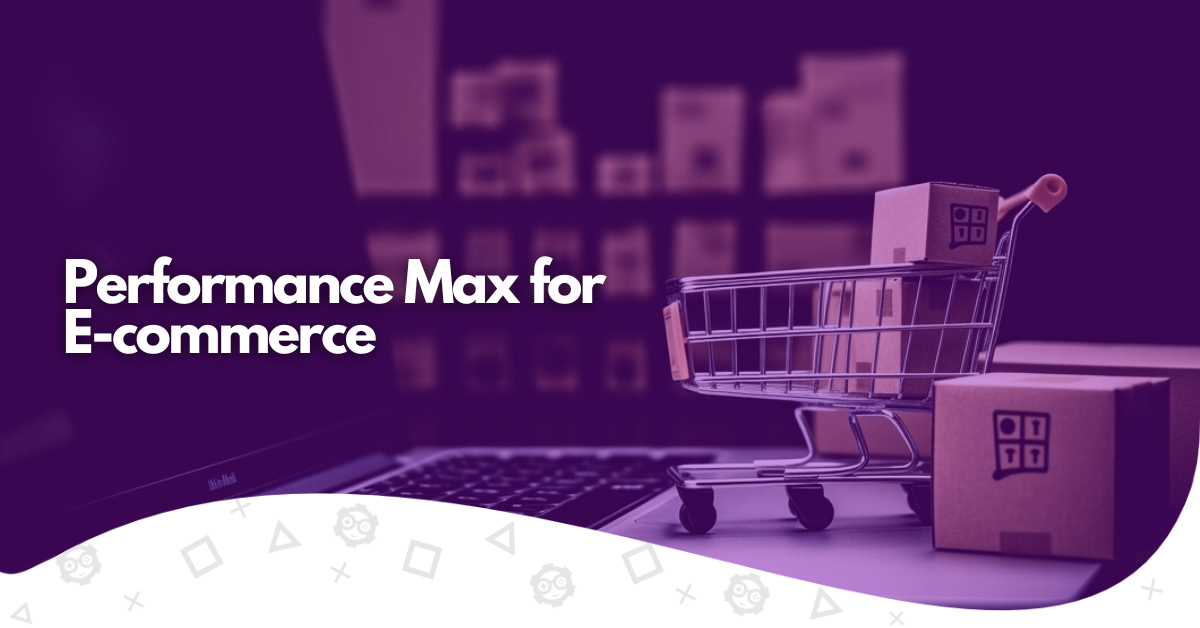E-commerce is growing faster than ever, whether because of how people buy products and services today or due to reduced costs for most industries. You can use multiple strategies to make your ad spend seen by the users online, whether through search campaigns, smart shopping campaigns with creative assets, or any other.
Each campaign type has its advantages and perks. Among all the alternatives given by Google Ads, a performance max campaign can be the best solution for your business, depending on your objectives.
Creative asset groups, automated bidding strategy, and large target audience reaching are some of the reasons why successful performance max campaigns can be a game changer for your company and take it to the next level. But for the PMax campaigns to work with e-commerce, everything needs to be carefully planned and aligned with your objectives.
We’ll show you everything you need to know. From the basics on how to structure performance max campaigns to valuable tips that will help you reach your business goals, here’s all you need to pay attention to when creating performance max campaigns for e-commerce:
Why Google Performance Max Campaigns Are the Best Choice
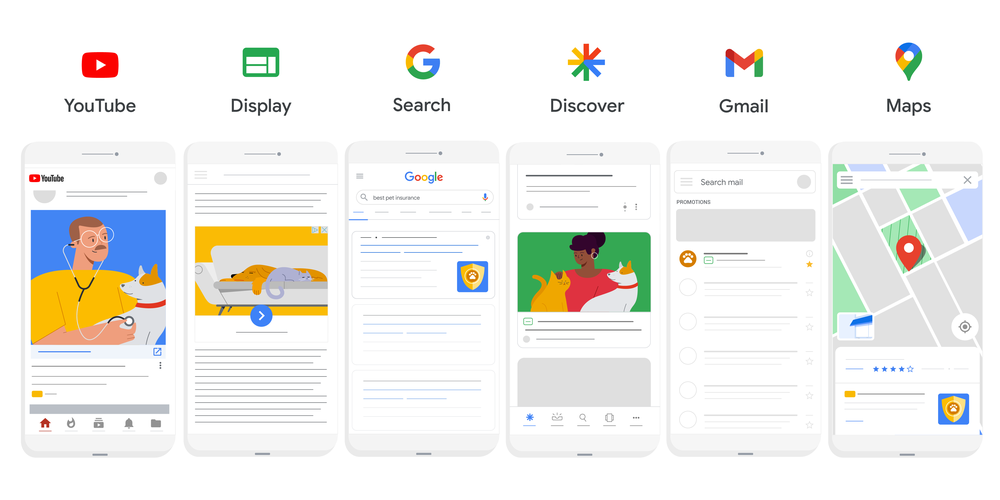
Regarding campaign performance, nothing compares to PMax, whether you’re aiming at a higher lead generation, better conversion rates, or other objectives. Its campaign structure makes your asset groups reach a much larger audience and cover multiple platforms simultaneously, generating results quicker than with a standard shopping campaign, for example.
Google’s advanced AI system also helps you to reach better conversion value and decrease essential metrics, such as the cost per lead generated. It constantly analyzes your campaign, and the audience signals to decide on the best strategy to promote your content and convince the user to perform the desired action, whether buying a product, subscribing to a newsletter, or anything else.
Performance Max is the best solution for growing quickly through paid advertisement. It has all the tools you need to elevate your campaign level and stay ahead of the competition.
Advantages of Using Performance Max (PMax)
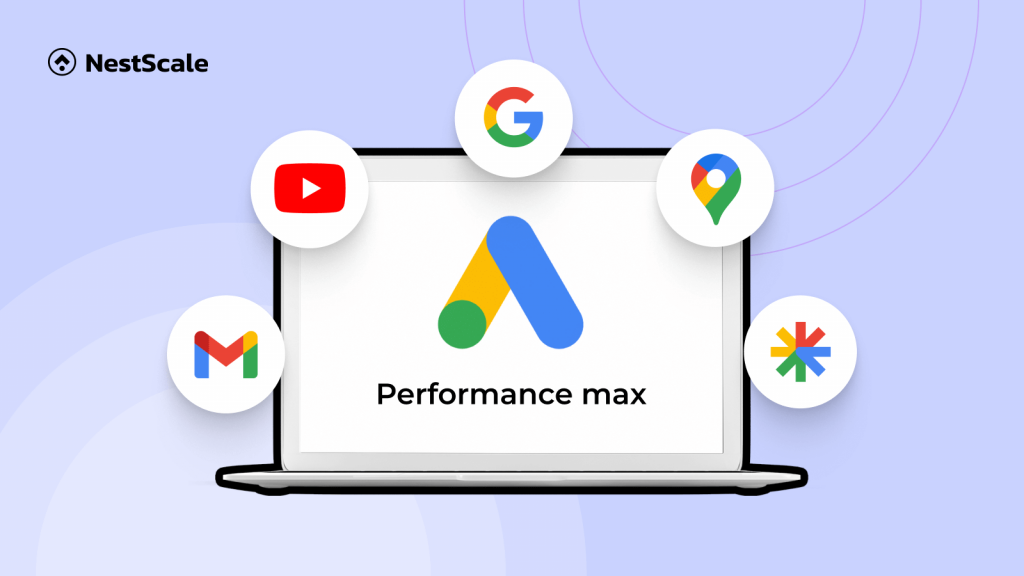
Along with the ones we listed above, there are several other advantages of PMax that you won’t find on standard shopping campaigns or in other campaign types overall. We will list some main ones and show how they can help your e-commerce grow and reach its business objectives.
Here are the main advantages of using a performance max advertising strategy:
Multiple Platforms
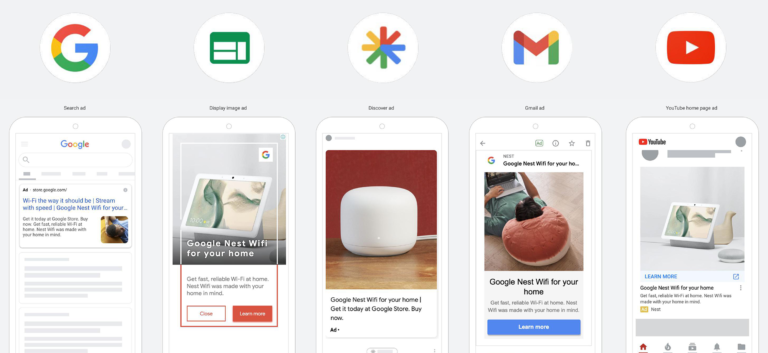
One of the main advantages of performance max is that, with a single campaign, you can appear on all of Google’s main platforms, making you visible to more users than any other alternative. Of course, you can create a shopping-only PMax campaign, but then you’d lose one of the most powerful perks of this kind of marketing action.
When doing standard search ads or email marketing, you must be sure of where your audience is located, and you’re limited to one platform. Even though your ad cost might be lower when doing this, your conversions and overall metrics are also drastically reduced.
PMax focuses on efficiency and delivering optimal results, and there’s no better way to do that than covering all platforms offered by Google.
Some of the main platforms you can appear in one campaign are:
- YouTube Home Page
- Ads Before Videos on YouTube
- Maps Suggestions
- Google Discovery
- Search Ads
- Shopping Ads
- Sponsored Email on Gmail
- Display Ads
You can even create specific landing pages for each platform so you know exactly where they came from, also generating insights about the audience and their behavior. This also helps reach your audience, wherever they are, and gather new users from other platforms.
Tools and Features
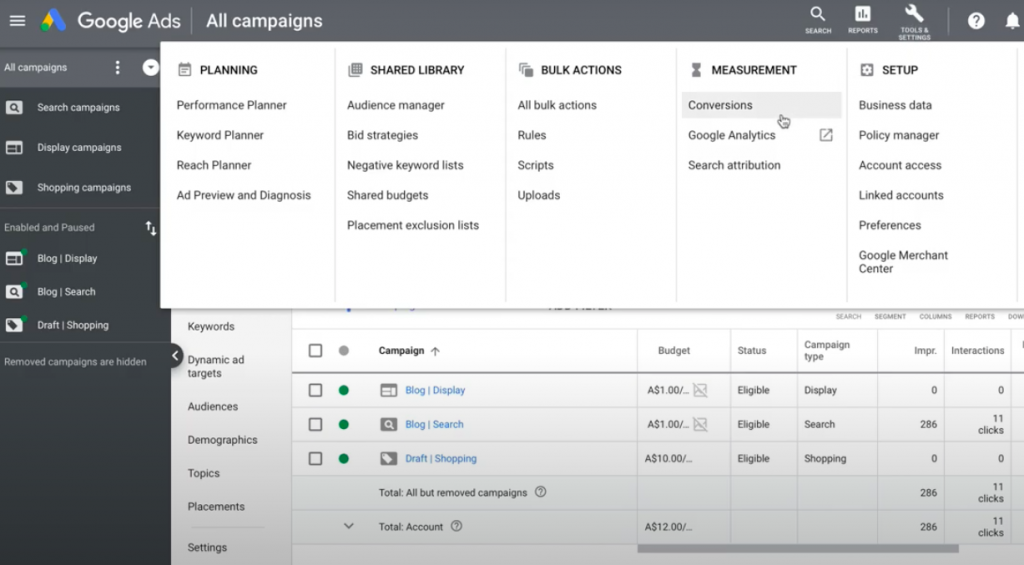
One of the best ways to optimize Performance Max campaigns is through extra tools and plugins. PMax campaigns are highly customizable, and the company’s backup tools help ensure the best results every time. For example, you can use listing groups to tell Google which assets should be displayed to each group when promoting shopping ads, or even more importantly, use the platform’s keyword tool to ensure you’re bidding on the right terms and words. PMax also has keyword-based search campaigns, so knowing which words are the most searched for and what customers want to see when visiting your website is indispensable.
The same works when adding negative keywords. There are tools and plugins that automatically look for terms you should avoid and can decrease your ad’s score. This way, you won’t ever add negative keywords to your campaigns, preventing any impact on customer acquisition or ranking below your competitors in the ads session of each platform.
Along with that, you can also find tons of third-party tools compatible with PMax. With this, you have infinite options to help you and your business to be a success.
Google’s AI
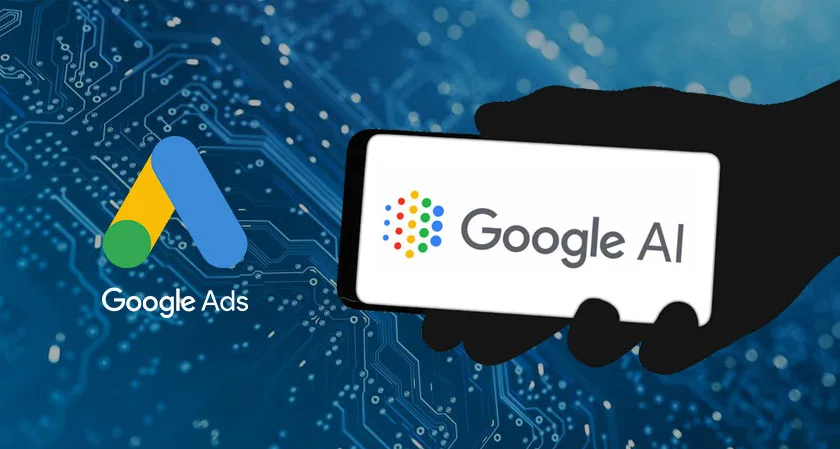
Performance Max is not the only type of campaign that uses Google AI to optimize conversion data and other aspects of the campaign, but it took it to the next level. Through the company’s advanced machine learning, the algorithm can tell the best way to distribute the ads and what kind of asset group to display to the viewers.
You can add the assets to Google’s ad inventory and let the algorithm decide which ones will be displayed based on the audience and the platform on which they appear. Of course, you can still manually decide these aspects if you want, but Google’s advanced AI is definitely trustworthy and can help you achieve the best results while saving time.
It will analyze every aspect of your campaign and even previous data to see which assets perform better. The more time you give the algorithm, the better it performs.
You can use it for any objective that Performance Max allows you to select, whether you’re developing local campaigns to drive more traffic to a physical place or to target existing customers to make them repeat the sales funnel and purchase from you again.
Precise Data Gathering
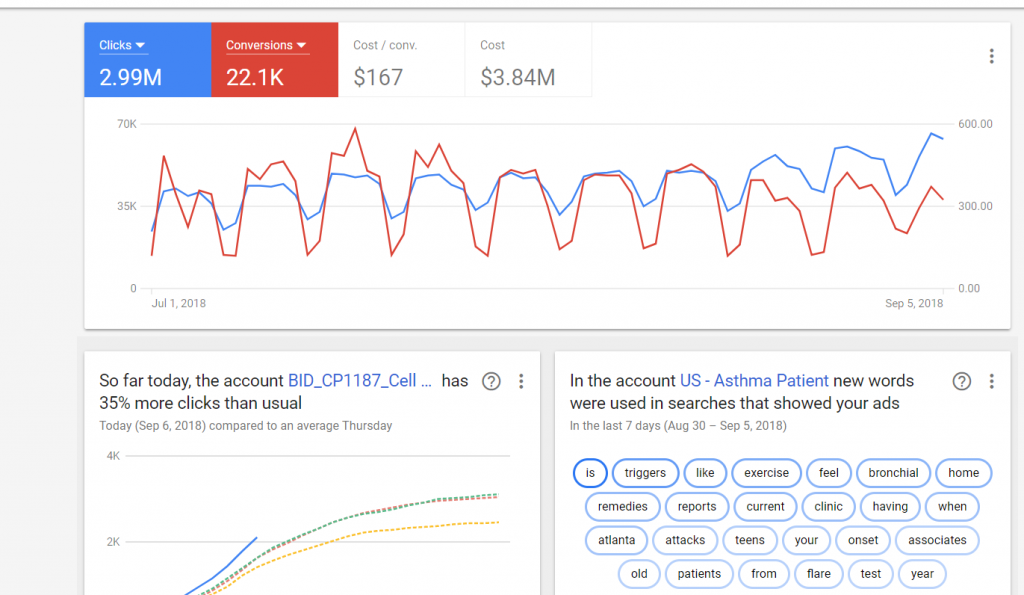
Many users think the data and metrics gathered from PMax might be confusing, especially considering your ad will be displayed simultaneously in over five different places. But in fact, it is quite the opposite. Google Ads’ dashboard and Analytics tab lets you precisely track multiple campaigns and all the information you need, including the platform they came from and the asset displayed to the users to generate the conversion. It is perfect for any ecommerce business dealing with multiple links and sales web pages.
Since your campaign is displayed on multiple channels, you can use the dashboard to understand where it is concentrated and what you can do in your next campaign to gather even better results. All the information regarding the marketing actions can be visualized throughout the entire campaign. As we mentioned, the more time you give to it, the more precise your campaign setup will be.
Competitive Advantage

E-commerce is one of the most competitive types of business out there, and we know how important it is for online retailers to stay ahead of other websites. PMax is one of the best ways to do that when structuring campaigns.
Since you’ll appear in all of Google’s channels simultaneously, it becomes much easier to overshadow other brands and put yours at the top of the minds of old and new customers. This is a decisive factor that impacts your overall business health and many other aspects of your online operations.
But remember that the campaign is not everything. You also need to have a well-structured landing page and creative assets if you want to drive more traffic and stay ahead of the other brands. Select the proper campaign settings for your business and the type of product you’re selling, and you’ll see that Performance Max is the best way to overcome competitors.
Performance Max Basics for E-Commerce You Should Know

We showed you how effective this kind of ad can be, but for them to have the desired results and effectiveness, there are some basics you should know. Even though they might look simple to manage, thanks to Google’s automation features, they still require basic knowledge to be correctly executed. More than just knowing what a Pmax campaign is, there are simple concepts that you should always keep in mind.
Here are the main ones:
Average Budget
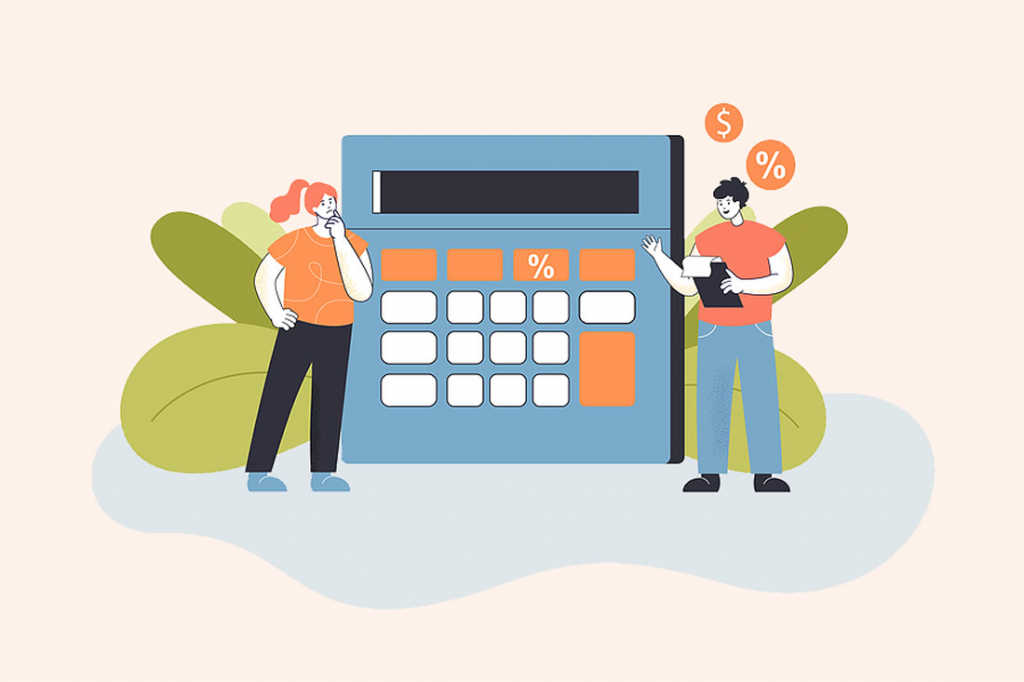
Google Performance Max has many different value rules you can choose from, but the most common one is the daily budget strategy. This daily budget will drastically depend on a few categories you select when doing your campaign and also on several factors, such as the industry you’re in and the type of product you sell.
So, due to these variables, you can spend a daily budget of $50 and still gather fewer customers than another person from another industry. Consider this when directly comparing your campaign costs to other people.
Even though the results you can gather with the budget allocation can vary, one thing is considered universal when doing this ad. It is recommended to spend a budget between $50 and $100 daily for your PMax campaign.
Remember that this is also affected by the number of campaigns you run. Spending $100 on multiple campaigns differs from spending $100 on a single campaign.
This value is the fuel of your campaign. The more you spend on it, the better its delivery will be. The budget is also different for each type of action, and retail campaigns might need a budget different from video ads, for example. But if you let Google’s automation take care of the distribution, you just need to worry about specifying the value spent daily, and Google will take care of the rest.
CPA x Budget
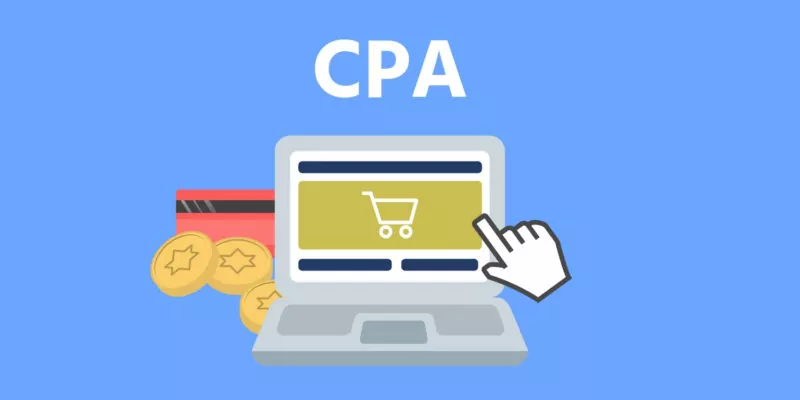
If you’re still struggling with your campaign’s budget, here’s another fundamental aspect you should keep in mind. Your CPA is directly related to your average budget and should always be considered when evaluating how much you should spend.
Your budget should be at least three times your CPA for a healthy marketing campaign and good performance on the ad rank. For example, if your CPA is $10, your daily budget should be at least $30. This might sound confusing when considering that we said the budget should be between $50 and $100, but that’s the overall industry average.
You should always spend a minimum of 3x your CPA if you want effective results from your ads in a short period.
Here’s a quick resume of the numbers and suggested values:
- $10 Target CPA, so the recommended minimum daily spend is $50 +
- $25 Target CPA, so the recommended minimum daily spend is $75 +
- $150 Target CPA, so the recommended minimum daily spend is $450 +
- $500 Target CPA, so the recommended minimum daily spend is $1.5k +
Multiple Asset Types and Guidelines

Google Ads has numerous formats of files and assets you can feature in a campaign, and since the PMax campaign covers numerous platforms, you’ll probably use all of them or at least three. For example, if you’re running a campaign on YouTube and Discovery Ads at the same time, you’ll likely have both video and image assets.
The important thing is that Google has strict guidelines for creating a PMax campaign and its assets. Knowing them is indispensable for a smooth project without any problems.
Another important thing when making your assets is that each one can have a different result in your campaign, so understanding the audience and what they want to see is also crucial. Having all asset types in your Google Ads Inventory is always recommended so the platform automatically decides which ones are more relevant and features them in your campaign. For example, if you run a PMax campaign and it evaluates that you have a video of the product in your inventory, the video will be automatically added to the campaign.
Speaking of video ads, according to Google, having a video in your performance max inventory can result in an average increase of 12% in the number of visitors to your landing page. It is a great solution to help connect with your target audience.
Notice that even the same type of asset can have different guidelines depending on where it’s being displayed. For example, a PNG for discovery ads can have different dimensions than a PNG for Google Maps Ads. It is always essential to monitor those numbers for the best results.
How the AI Works
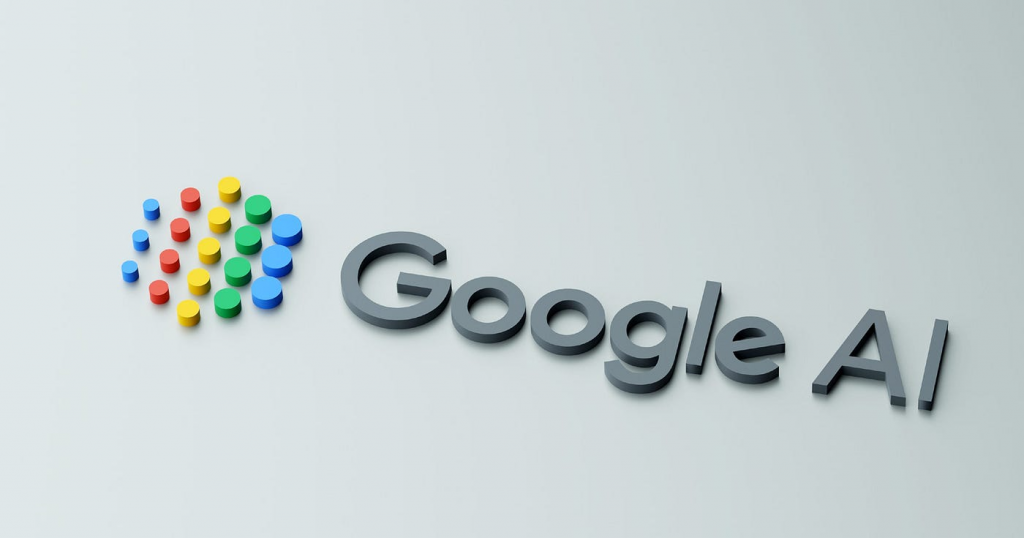
As we previously mentioned, Google uses a machine learning algorithm to help guide your campaign based on your bidding strategies and other existing data. Unlike other advertisements from Google, where machine learning is a common practice but optional, you can’t disable it here.
The AI analyzes numerous factors and aspects until it has sufficient data to make the changes it judges necessary to increase your performance metrics. The algorithm looks through the behavior of your potential customers, audience data, brand traffic, other campaigns, and many relevant data to precisely tell what can be done to improve your actions.
Google’s algorithm usually takes 15 days to adapt to the campaign and start making the advertising system automated, but this interval can depend on
Tips to Help Your Next E-Commerce Campaign
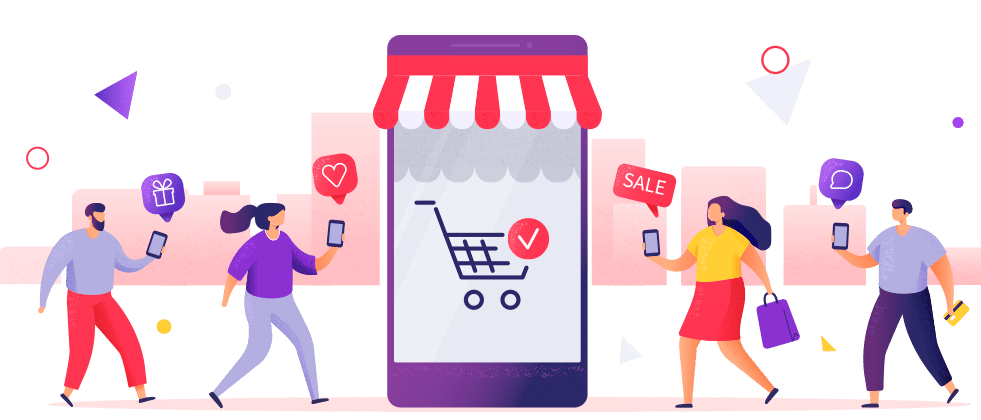
Looking for the best results for your e-commerce when doing your next Google Performance Max campaign? Here are some valuable tips that can help you with that.
Make sure to take a look at each one to see how they can impact your business and take it to the next level. Most of them can also be used for other types of campaigns as well, so whether you’re developing Performance Max for B2B, e-commerce, or anything else, they can be game changers.
Invest in Quality Assets

We all know how impactful the looks can be on the purchase process. People often buy new products and click on ads just because of their looks, so investing in quality assets is indispensable for gathering good metrics. It is directly related to the revenue you’ll generate and other aspects, like the click-through rate.
Performance Max allows you to upload a single asset and use it for all the platforms, but if you want the best results for your e-commerce, it is vital to create dedicated art for each ad placement and format. It is an investment that can quickly generate a return in digital marketing.
Also, make sure that your assets follow the visual ID of your company so people recognize it easily and your brand becomes people’s top of mind. The more solid your visual identity is, the better for your ecommerce success.
Research Where Your Target Audience Is
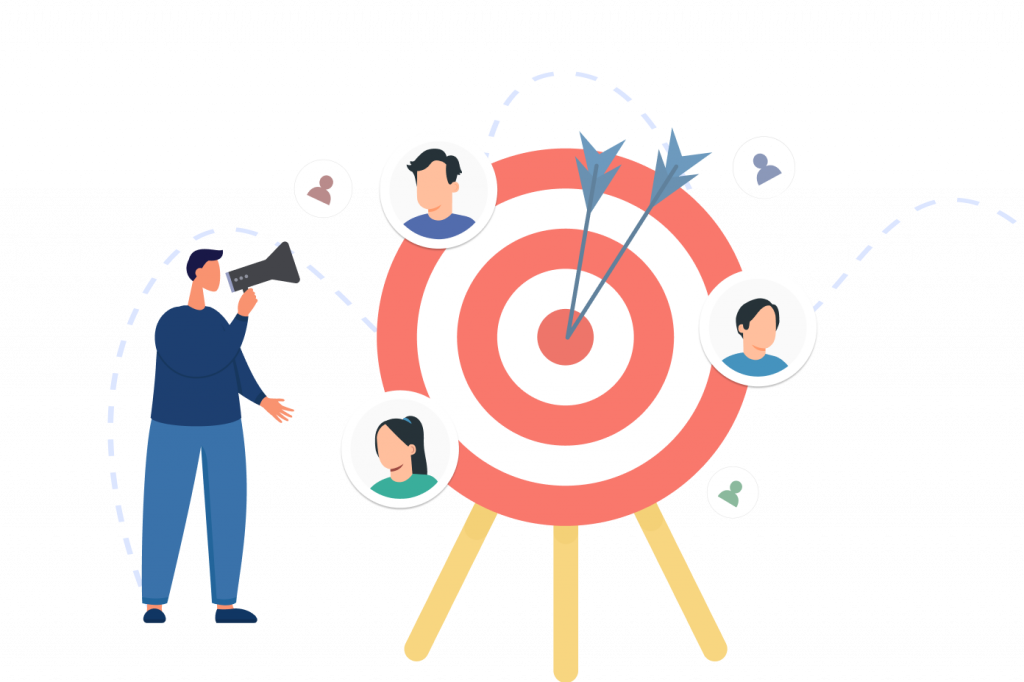
Even though Google automatically detects where your audience is coming from, it is also essential to do this research yourself before any marketing investment. Knowing this gives you a large competitive advantage and also helps generate insights on what kind of marketing action you can take to make your business stand out.
Moreover, it also tells you which kind of asset to focus on. For example, if most of your audience comes from YouTube ads, focusing on display ads for the homepage and video ads might be a good idea. One company that knows about this very well is Apple. The company often uses Google to advertise its products, and its assets follow minimalistic yet creative communication to display images on the YouTube discovery page. Thanks to the company’s research they know how effective this kind of marketing is for them, making it the perfect strategy.
There are several ways to find out where your customers are, whether through an analysis of your previous campaigns or even by looking at your main competitors and where they advertise. The more you understand about who you advertise to, the easier it will be to create catchy marketing actions.
Optimize Your Landing Pages
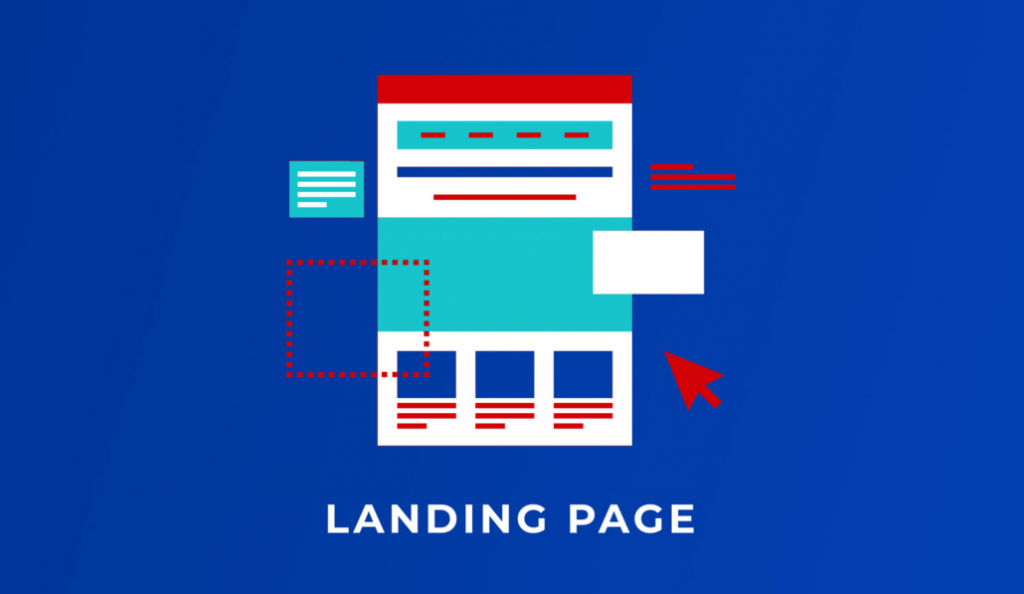
Your ads are responsible for catching the users’ attention and driving them to your website, but your landing page will convince them to look further into your product or service and complete the sales funnel. That’s why creating a pretty and optimized landing page is indispensable.
The more time they spend on your website, the more likely they will purchase from you. The loading time of your links, the images you feature, and everything else have a distinct role that can impact the final decision of these customers.
Make sure that they also match the looks of your ads so they are sure they clicked on the right link. If your landing page looks too different from the ads, the customers might be confused or even think they are on the wrong website, making it harder for them to complete the funnel.
Organize Your Campaigns
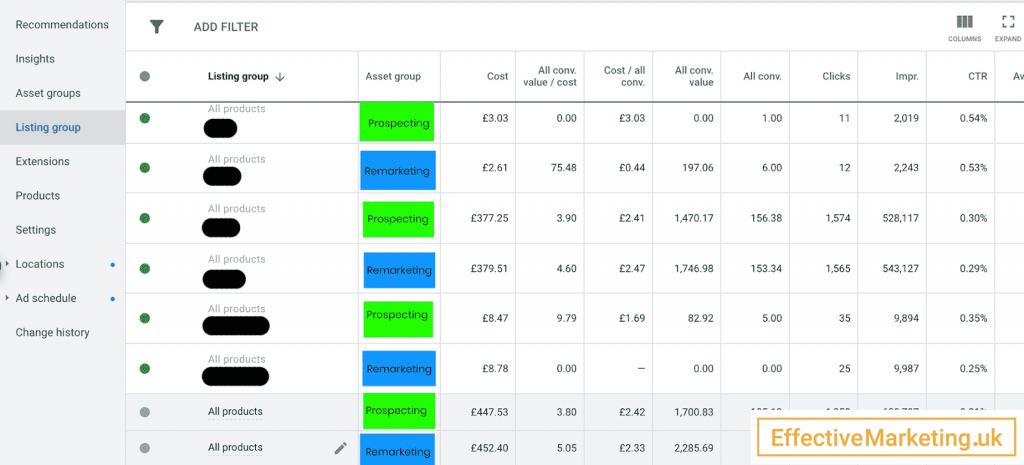
It is common for e-commerce businesses to run multiple campaigns simultaneously. You can create a new PMax campaign while still running existing search campaigns on your account, and there’s no problem with that. However, it is highly recommended that you label your campaigns and use the audience sorting tools to ensure more efficient and optimized management.
For example, if you’re running a PMax Lead Generation campaign while investing in YouTube display search ads, you can add labels to identify each action. Along with these labels, you can also create listing groups to better identify which products should be advertised in which campaign and to what group of customers.
That’s why it is crucial to know the target audience of your segments. Creating these lists optimizes your metrics and saves money by lowering your acquisition costs.
Along with listing, you also have automation tools from Google, like the customer value mode. According to the platform, it can increase your ROAS by up to 9% and a customer ratio of 5% higher than normal.
Know How to Manually Do the Operations
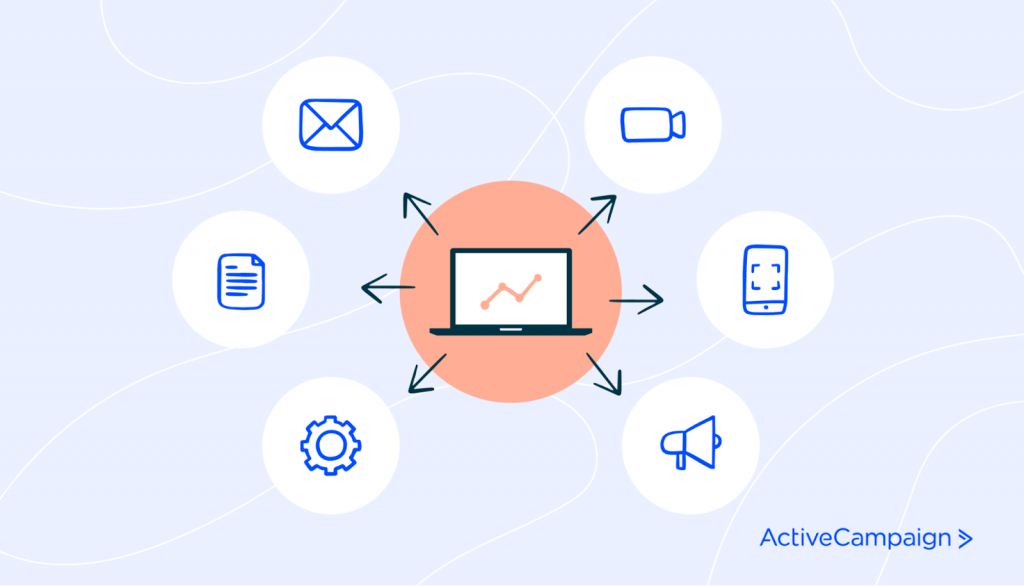
Google’s AI can automatically do almost everything in your campaign, but this doesn’t mean you don’t have to know how these processes work. Whether when it comes to identifying the target audience, uploading each kind of asset, or doing keyword targeting, all these aspects can be directly done by the Performance Max algorithm, but learning them is essential for your future campaigns. It helps you understand the platform’s possibilities and gives you insights on what you can do for your next campaigns to drive more traffic to your e-commerce.
You can always rely on your knowledge, and the more you learn, the better your campaigns will be, whether you’re using the Google Merchant Center or any other platform to advertise your company. You can also check Google’s documentation to learn more about each tool and how it impacts your projects, making it easier to learn their different aspects. By doing that, you’ll surely understand how to make the perfect Performance Max retail campaign for your business in no time.
Hire a Professional Company
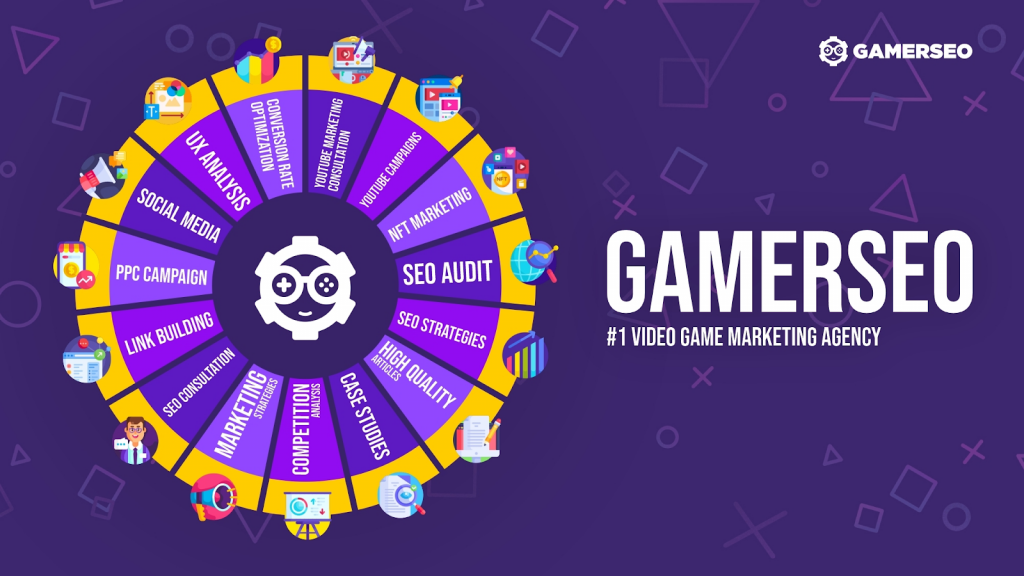
No doubt, if you want the best results in the most optimized period, hiring a professional company is what your e-commerce needs. By leaving the tasks to experienced professionals, you ensure that your efforts are in good hands and dismiss the need for someone to manage the campaigns since the company will do that for you.
At GamerSEO, we have the best professionals on the market, with years of experience and dedication to creating the best marketing solutions. Whether you need a PMax strategy or a simple shopping campaign, we have everything you need to take your e-commerce to the next level.
We work alongside you to develop solutions aiming directly at your goals for the best results possible. Join us, and let’s create quality marketing together.
Conclusion on Performance Max for E-Commerce
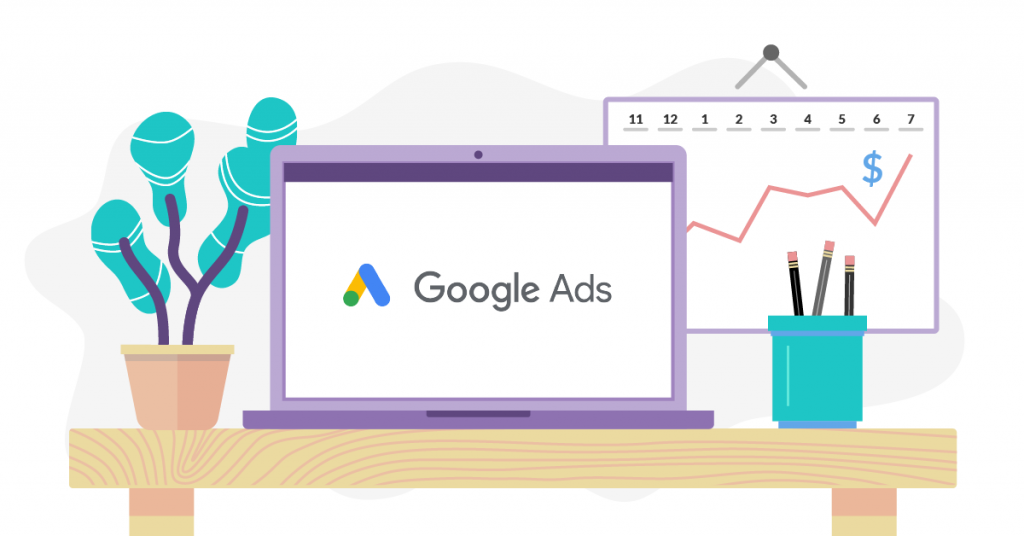
Performance Max is undoubtedly one of the best marketing solutions for improving your e-commerce results and taking you a step ahead of the competition. But to achieve these results, everything in your campaign must be optimized and correctly set up.
The more detailed your campaigns are, the more likely it will be for you to reach your goals and reach a good return on your investment. To do that, it is highly recommended that you study your audience and invest in the tools provided by the platform, like the listing groups.
Along with that, make sure to select an efficient daily budget for your Performance Max campaigns. This way, it is easier to make your business known to the users and become the first option they consider when thinking of the kind of product you sell.
Now that you know everything, it is time to optimize your PMax e-commerce campaigns. Make sure to follow all the steps and tips carefully, and you’ll notice a fast increase in business performance and the overall metrics you gather.

A PPC specialist who started with organic social media. For several years, the core of his activities are:- Google Ads, Microsoft Ads, Meta Ads, TikTok Ads, Twitter Ads, Linkedin Ads. He has led campaigns with a global reach, e.g. for FootballTeam, G2A, ETOTO, as well as many smaller campaigns in the sports, construction and financial industries. Has full focus on ROAS. Privately, a fan of football, history of wars and Star Wars.

